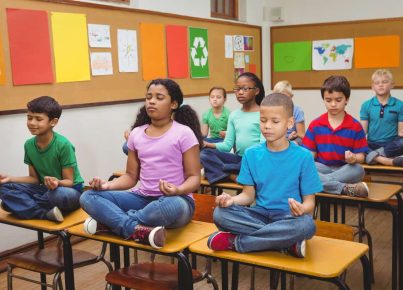As teachers and parents, we constantly search for the best materials to enhance our children’s learning experiences. One extraordinary yet underrated resource is wordless picture books. These visual gems encourage creativity, boost language development, and foster critical thinking skills in a fun and engaging manner. In this article, we’ll explore some of the best wordless picture books to incorporate into your classroom.
1. Journey by Aaron Becker
Journey immerses readers in a magical world where a young girl finds her way through various obstacles and challenges using a red crayon. This visually stunning book encourages imaginative play and storytelling, inspiring children to create their narratives as they follow along with the beautiful illustrations.
2. Flotsam by David Wiesner
Flotsam is an enchanting tale of a young boy who discovers an underwater camera washed ashore. As he develops the photos, he unveils a whole new underwater world filled with fantastical creatures and stunning landscapes. Flotsam helps students develop their observation skills and motivates them to explore the natural world around them.
3. The Lion & The Mouse by Jerry Pinkney
Based on Aesop’s fable, The Lion & The Mouse beautifully retells this classic story without words. With detailed illustrations full of emotion and expression, Pinkney manages to communicate the significance of kindness, compassion, and friendship. This book facilitates discussions on moral values and character traits.
4. Pancakes for Breakfast by Tomie dePaola
In Pancakes for Breakfast, a woman sets out to make pancakes but encounters several obstacles along the way. As students follow her journey—visiting the farm for fresh milk or collecting eggs from the hen—they learn about cause-and-effect relationships while honing their sequencing skills.
5. Good Dog, Carl by Alexandra Day
Good Dog, Carl chronicles the adventures of Carl, a faithful Rottweiler, and the baby of the family during their day alone at home. This book encourages students to narrate the story themselves, building confidence in their language and storytelling abilities.
6. A Ball for Daisy by Chris Raschka
In this heartwarming story, a dog named Daisy experiences both joy and sadness in her quest to retrieve her favorite ball. The vibrant illustrations explore themes of loss, friendship, and sharing, making it an excellent launchpad for essential conversations about emotions and empathy.
Wordless picture books offer a unique approach to literacy development, captivating the attention of readers while stimulating their imagination. They invite students to delve into a world where they become the narrators, prompting creativity and boosting cognitive skills. If you’re seeking to enrich your classroom experience, consider incorporating these exceptional wordless picture books for an engaging and rewarding learning journey.




